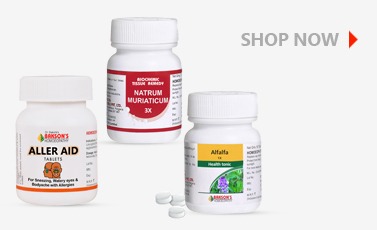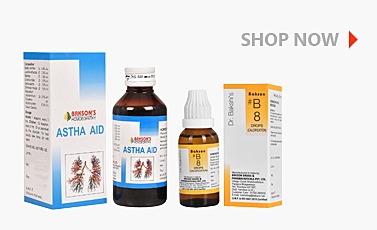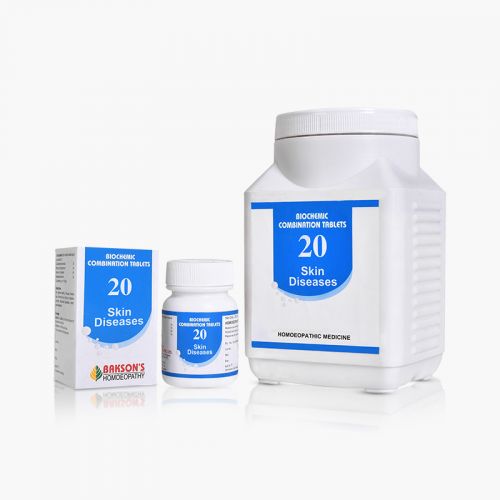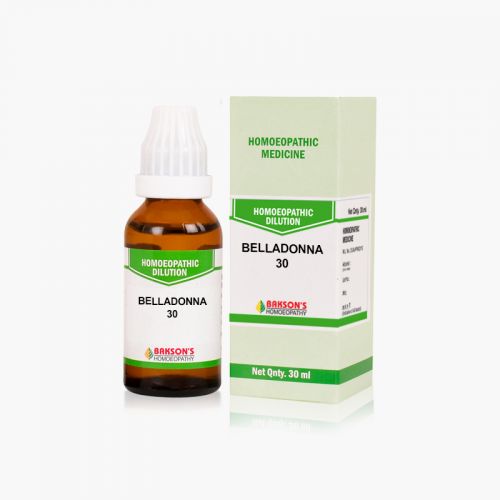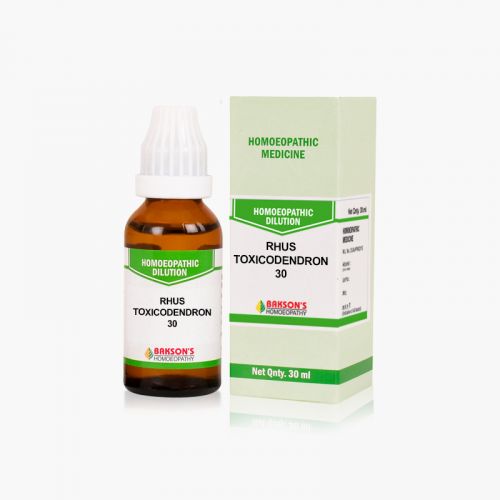We use cookies to make your experience better. To comply with the new e-Privacy directive, we need to ask for your consent to set the cookies. Learn more.
What is Rosacea?
Rosacea is a common chronic inflammatory disease that presents with recurrent flushing, erythema, telangiectasia, papules, or pustules on nose, chin, cheeks, and forehead. The four clinical subtypes of rosacea based on the sign and symptoms can be defined as-
- Erythematotelangiectatic
- Papulopustular
- Phymatous
- Ocular
Factors like neurovascular dysregulation, overactive immune system and infestation with Demodex mites play an important role in the development of rosacea. Microbes like Demodex folliculorum and Helicobacter pylori can trigger the activation of the immune system.
It is estimated that the worldwide incidence of rosacea is higher than 5% of the population. It affects females more than males with an age prevalence between 30 and 50 years of age.
Aetiology
Genetics, immune reaction, microorganisms, environmental factors, and neurovascular dysregulation are among the known etiological factors for the development of rosacea. Exposure to UV radiation can also trigger the process. Patients with a family history of rosacea are at a higher risk. Demodex mites may play a major role in formation of rosacea.
Sign and symptoms
There are four different clinical subtypes of rosacea-
- Erythematotelengiectatic subtype: It presents with persistent erythema with intermittent flushing of nose and cheeks, is usually the first clinical manifestation of rosacea.
- Papulopustular subtype: The patients present with eruptions of papules and pustules on the affected area on the face. This subtype is sometimes called ףadult acneפ due to the similarity in the appearance of lesions. However, rosacea lacks comedones unlike true acne.
- Phymatous subtype: It manifests with fibrosis and hypertrophy of sebaceous glands. It is typically seen on the nose of male patients (rhinophyma), but can also affect the cheeks, chin, and glabella.
- Ocular rosacea: It presents with tearing, dry eye, gritty sensation, pruritus, hordeola, and blepharitis.
Diagnosis
The diagnosis is clinical. Two of the following major criteria below are also considered diagnostic:
- Flushing
- Papules and pustules
- Telangiectasia
Ophthalmic evaluation is also performed in patients with ocular symptoms.
General management
The first step in the treatment of rosacea is to advise the patient to identify and then avoid triggers such as UV light, spices, weather changes, and alcoholic beverages. Skin care is also recommended for all patients which might include broad spectrum sunscreen with SPF 30 or higher. Symptomatic relief through medications is advised.
Warning: Above information provided is an overview of the disease, we strongly recommend a doctor's consultation to prevent further advancement of disease and/or development of complications.
Disclaimer: The information provided herein on request, is not to be taken as a replacement for medical advice or diagnosis or treatment of any medical condition. DO NOT SELF MEDICATE. PLEASE CONSULT YOUR PHYSICIAN FOR PROPER DIAGNOSIS AND PRESCRIPTION.
-
- BELLADONNA 30₹ 100.00
-
- RHUS TOXICODENDRON 30₹ 100.00
- STRAMONIUM 30₹ 100.00

